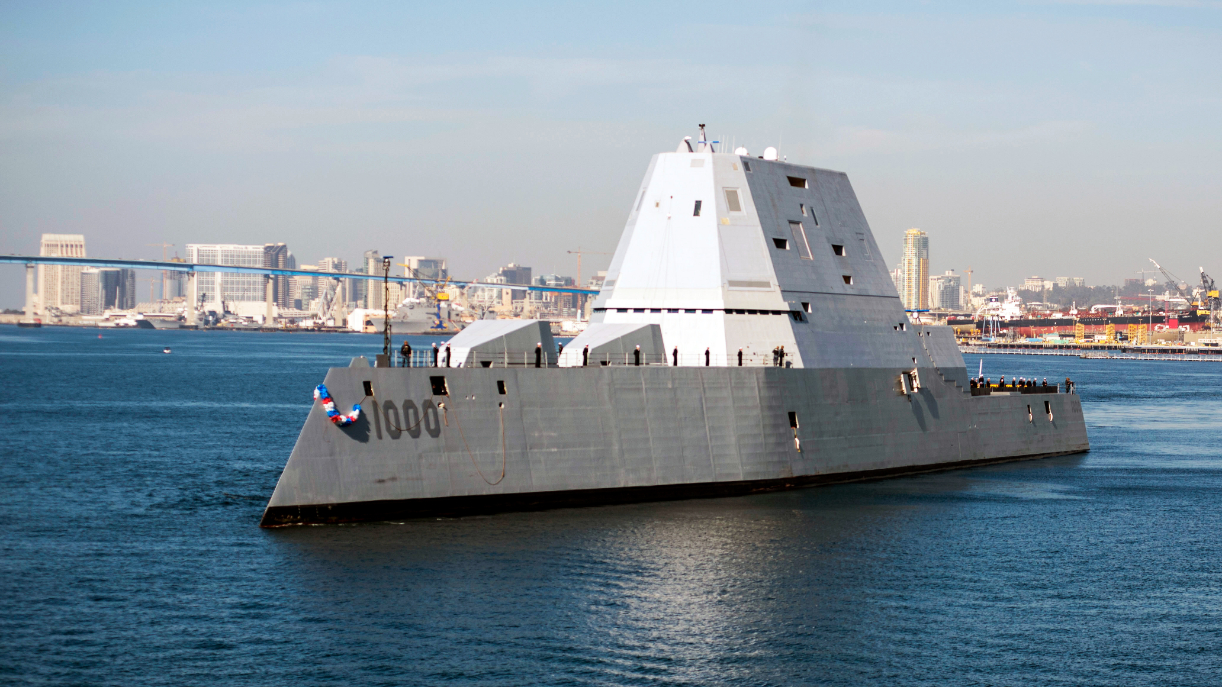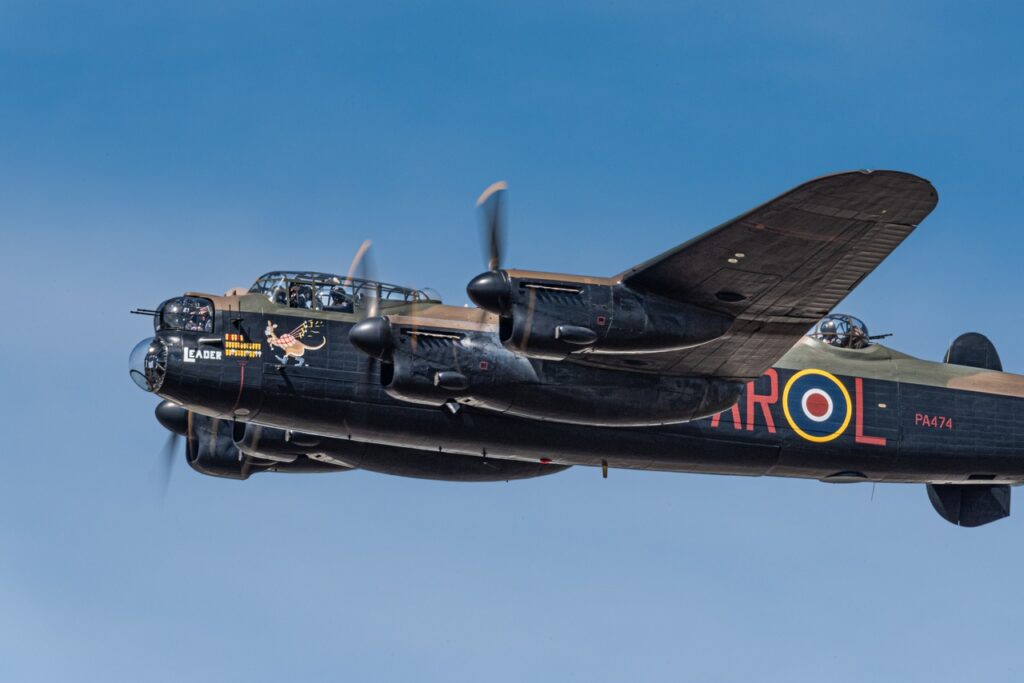
The Navy’s Zumwalt-Class Destroyer: A $24.5 Billion Failure?
What You Need to Know: The U.S. Navy’s Zumwalt-class destroyer program, once hailed as the future of naval warfare, has been deemed a failure. Despite its advanced technologies and stealth design, the program’s exorbitant costs, at $8 billion per ship, and underwhelming performance led to its cancellation after just three vessels.

-Originally planned to replace the aging Arleigh Burke-class destroyers, the Zumwalt program was cut short due to cost overruns and unclear mission objectives.
-The Zumwalts now serve as expensive reminders of overambitious military projects that fail to meet expectations.
Is the US Navy’s Zumwalt-class destroyer a failure? Yes, at this point we can state unequivocally that the Zumwalt program has failed. The futuristic destroyer program, once billed as the future of Navy surface warfare, has had its budget slashed so dramatically as to afford just three vessels. Yet, the three completed Zumwalts are all there will ever be – future production has been canceled, signaling to all an implicit admission that the program has indeed failed.
What happened?
In short, the costs were too high, and the performance was too low. The costs were shocking; each Zumwalt cost $8 billion. That’s more than many aircraft carriers. Yet, with the aircraft carrier, the mission is clear – project airpower around the world. With the Zumwalt, however, the mission was significantly less clear.
The Zumwalt was supposed to be central to future US Navy planning. With an ultra-low radar cross section, and an admirable layout of high-tech weaponry, the Zumwalt was supposed to replace the generation-old Arleigh Burke-class destroyer. But the brand new Zumwalts have already been relegated to obscurity while the Arleigh Burke is still in service.
Originally, the Navy intended to purchase 32 Zumwalt destroyers. The Navy got cold feet, however, after seeing the program costs skyrocket – and seeing the finished vessel perform. Actually, the Navy went to Congress and expressed a preference for the Arleigh Burke over the Zumwalt. Only three Zumwalts were delivered before the program was canned.
Why so expensive?
The reason the Zumwalt was so expensive because of the incorporation of novel technologies. Crafting modern tech that can withstand the rigors of warfighting – of saltwater exposure, of housing hundreds of sailors, of launching weapons – is demanding. The Zumwalt blueprints were ambitious, indeed, but in practice appear to have been an overextension.
The sticking point for the Zumwalt is the low radar cross section, or in layman’s terms, stealth properties. To make the sizeable warship appear no larger than a fishing vessel on a radar, designers incorporated a tumblehome style hull, which tapers dramatically above the waterline. The tumblehome is not new – it existed long before radar, and thus long before any vessel had anything to be stealth from. But the hull style is seeing a resurgence now, thanks to its stealth properties.

Stealth is becoming increasing important as defensive measures increase. Anti-ship missiles, for example. As the weapons that are used to target surface vessels become more sophisticated, the need to hide from detection increases.
Well, it’s not just an increase in sophistication – drone swarms have proven to be an effective low-tech problem for surface vessels, giving the Navy another reason to avoid detection.
Still, despite being stealthy, the Zumwalt was a mess. And besides, the ship was designed to provide fire support against land-based targets – a situation in which the low radar cross section is not going to be very helpful, a situation in which a kid with binoculars could find you.
The Zumwalt program cost $24.5 billion overall, or $8 billion per ship.

About the Author: Harrison Kass
Harrison Kass is a defense and national security writer with over 1,000 total pieces on issues involving global affairs. An attorney, pilot, guitarist, and minor pro hockey player, Harrison joined the US Air Force as a Pilot Trainee but was medically discharged. Harrison holds a BA from Lake Forest College, a JD from the University of Oregon, and an MA from New York University. Harrison listens to Dokken.
Image Credit: Creative Commons.


